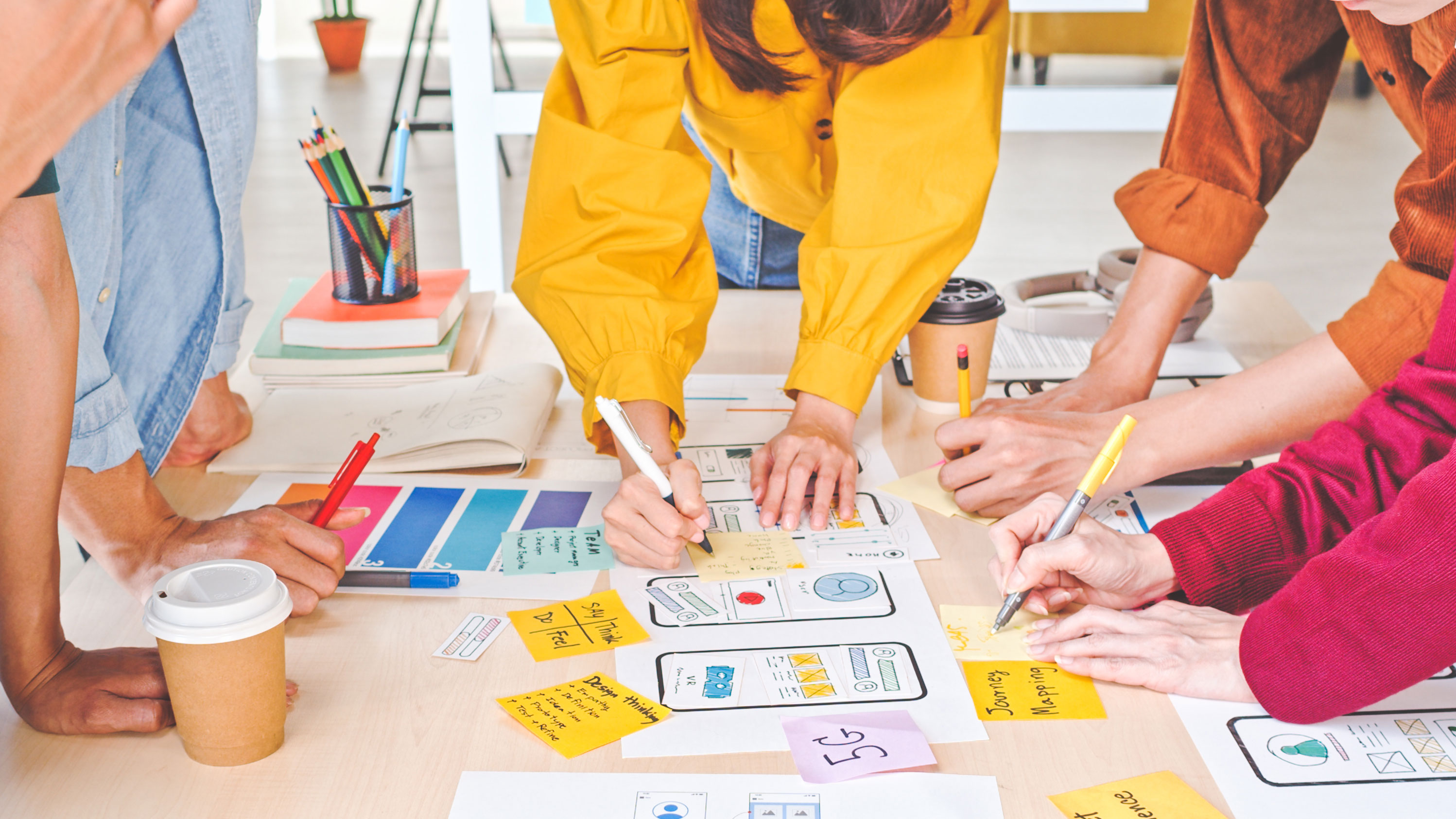How to land your first UX job
5 tips for getting your foot in the door in a user experience role.

Landing your first role as a designer can be challenging, but in this article I’ll give you the best advice I can about how to kick-start your experience design career. Whether you’re wondering where you go after walking out of the union building for the last time or you have a couple of years of design experience, I’ve made a list of five essential areas that are invaluable to propelling your career forwards.
If you are looking for a new opportunity, then don't miss Creative Bloq's design jobs listings, which are updated weekly.
01. Get out there
If you take nothing else away from this article, don’t ignore this: you need to be the first name on someone’s brain list when an opportunity explodes. And there are specific ways to worm your way into people’s brains.
First things first, get on board with the User Experience Professionals Association (UXPA) and Interaction Design Association (IxDA). They’ve got countless resources, reading materials and up-to-date job listings on their sites.
They also hold regular careers events, which you need to be at. I’ve employed people directly from those events. There are countless events like this throughout the year, so make sure you identify them. Try Eventbrite and Meetup.
Studiously trawl job listings. Also invest in researching company, brand and business websites – make notes and take names. Having an order of preference is also useful – think about who you’d like to work for and why.
LinkedIn is your friend, as is social media generally. LinkedIn is a professional network so it carries some weight if you connect politely and have a story to tell. Use Twitter to demonstrate you are a decent human with opinions and ideas. If I meet you at a careers fair, I’ll subsequently find you on Twitter, because that’s where I begin to understand you personally. Follow big names in design, share and comment on their content; the same applies to prospective employers.
02. Be tactical
You’re likely to come across job titles such as UX designer, interaction designer and innovation architect. Few of these jobs will ever be labelled graduate or junior.
Many will ask for experience but don’t be deterred: they’ll often be suitable for graduates, particularly those with a good showcase of work. Your experiences and skills are more valuable and relevant than you might think – getting your first job is more about you and how you come across than your apparent abundance or lack of work experience.
Remember: always enquire, even if no jobs are advertised. This shows that you’re keen and gets your name on the brain list for future vacancies. And if you come across well, you could even land yourself an initial meeting or get another contact you can reach out to.
03. Show your work
Always have a design portfolio on hand. This should be a showcase of the work you’re proudest of and most confident about, whether that’s evidencing your university projects’ design and process, your designs that have made it into the real world or work you’ve done in your own time just for fun. The most important thing, however, is that you demonstrate how you respond to a brief, consider outcomes and iterate on ideas.
Community platforms such as Dribbble or Instagram can help you gain a following, are great for amplifying your voice and are often the best way for you to collect evidence and showcase your designs. Wrapping up your degree show? Capture that. Working for a couple of weeks at an agency? Capture that. Work experience or training course? Capture that. Capture everything.
04. Tailor your CV
If you want to work in design, an active, demonstrable interest in the field is essential. Seek out and discuss a wider range of topics from across experience design practice. If you don’t know what I mean by that you should probably start there but the important thing is that you have your opinion. Who are you? How do you think?
Align your skill set with what the company you’re applying to is looking for – this means tailoring your CV. Drawing out particular aspects guides the reader and offers a hierarchy to the information you’re presenting.
Companies often want to know what you can bring to the team. Being hired is down to the balance of your skills and who you are as an individual, combined with how you can enhance or build on existing company culture.
05. Keep going
Remember that interviews won’t always go your way. Don’t feel disheartened if that’s the case; knock-backs are valuable and can be used to your advantage.
Also, don’t feel as though you have to go for something if you aren’t comfortable with the role. Essentially, don’t force yourself to take any old position. The right one is out there, waiting for you.
This article originally appeared in net magazine.
Read more:

Thank you for reading 5 articles this month* Join now for unlimited access
Enjoy your first month for just £1 / $1 / €1
*Read 5 free articles per month without a subscription

Join now for unlimited access
Try first month for just £1 / $1 / €1
Get the Creative Bloq Newsletter
Daily design news, reviews, how-tos and more, as picked by the editors.
Tim is principal designer at Foolproof, a global product and design company that has worked with some of the world’s biggest brands.
